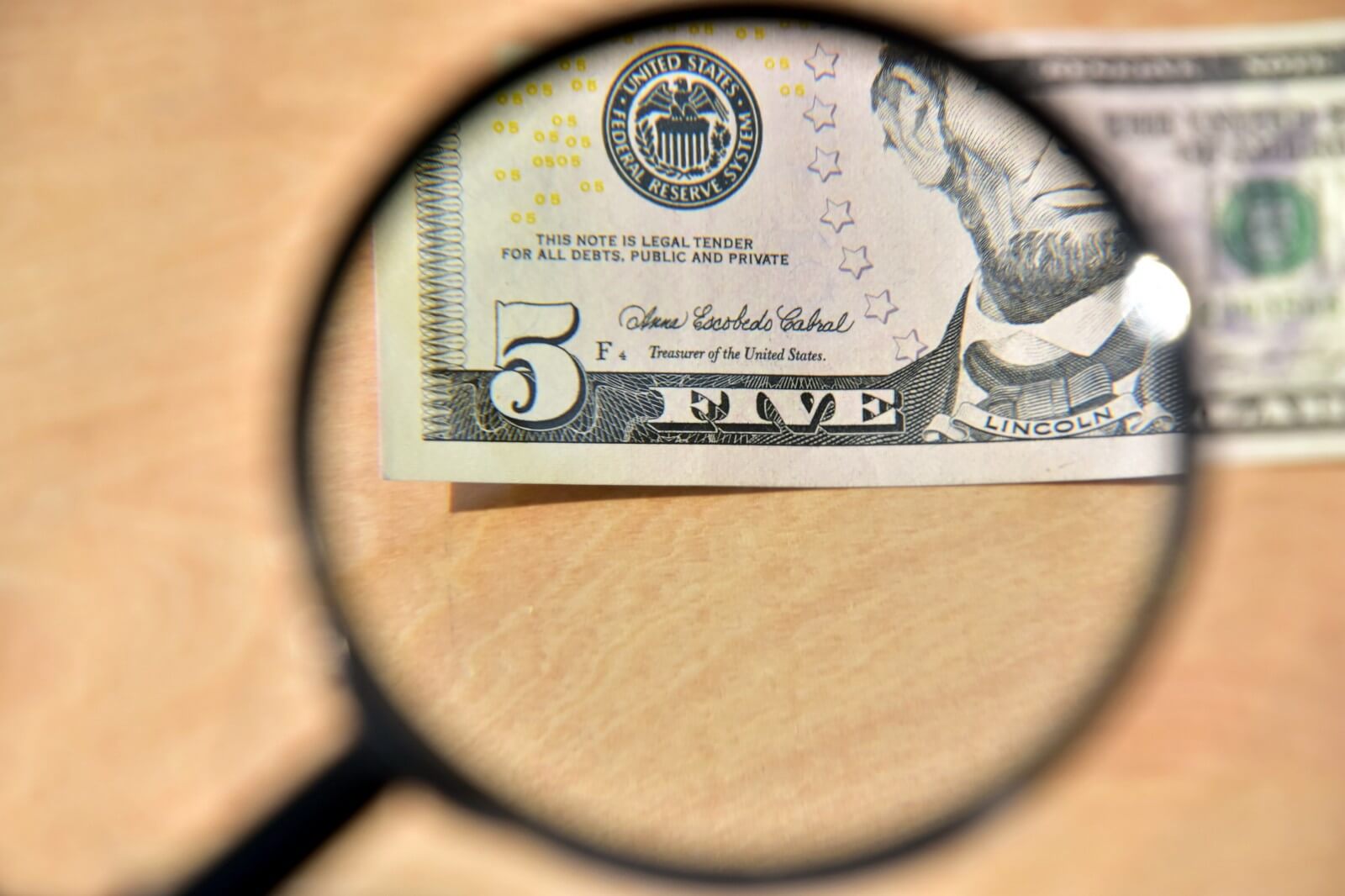In the middle of a stream of accessibility conferences, I have given a lot of thought over the past two weeks about what it means to be disabled.
When I was a young child, I didn’t understand that I was disabled. I did understand that I couldn’t do things that some other children could do. The monkey bars were not my friends. The clunky leg and back braces I wore ensured that I was, stereotypically, the last child ever chosen for any team sport, when most teams would honestly have been happier to do without me all together if they could have gotten away with it. My loving parents made sure I was smothered with positive attention for things I was good at — math, science and reading. And if I really wanted to do something different (Marching band in a wheelchair in the 70s? Sure, why not) they supported me 1000 %.
It wasn’t until I was 8 that I realized there was a financial cost to disability. My parents almost ended up in bankruptcy after our health insurer in California went under just after my father quit his job and started a new business. This left a very large hospital bill unpaid from yet another surgery and three week stay. Thanks to pre-Obamacare pre-existing condition discrimination, I was then labeled uninsurable. My mother was forced to take a job to provide group insurance. I finally qualified to go on the plan after a complete moratorium on my treatments for what seemed like to a child a really long period of time — I think a year. I stopped asking for things children normally want — treats, movies, presents, field trip money — because I, at the tender age of 8, keenly felt the burden on my family due to my challenging orthopedic situation and its associated costs.
It is by explaining this baggage that I introduce an extensive study by SCOPE, a UK charity, called Life Costs More for Disabled Children and their Families. It turns out that being a child with a disability in the UK costs 581 GBP per month on average, or just under $165,000 USD from birth to age 18. And that is without taking Americans’ extraordinarily higher medical costs into account. For good insurance with a maximum out of pocket cap of $3300 (my actual insurance costs— for some people this number is MUCH higher) adds another 60 K in health care costs from birth through age 18, not taking inflation into account. That 60K figure only includes treatments that insurance does cover. They don’t ever cover travel costs, hotels, or food for out of town treatment which is frequently required for people who live in rural areas or have a rare disease where there is not a competent specialist near by.
Accessible goods and services drive up the cost of raising a disabled child. Play, for example, often costs more if you are disabled. Adaptable toys, physiotherapy, speech and language treatment, autism services, audiology, and hearing devices cost a small fortune as well. I spent $21,000 USD out of pocket on my daughter’s hearing devices alone, not including interest on financing. Best money I ever spent.
Due to these extra costs, families with people with disabilities on average have a lower standard of living than non-disabled people even when they earn the same amount. Can you imagine what you would do with an extra $1000+ per month that you didn’t have to pay as literally a Disability Tax? Some people in more socialized countries get something called the Disability Living Allowance (DLA) But we don’t have that in the US. And God help you if you are undocumented. For one of my surgeries, my roommate, Maria, was a 16 year old left behind by her parents who were farm workers who never came back to visit in the month I was an inpatient.
I am quite sure the cost of my disabilities to age 18 (adjusted for inflation) was way more than $165,000. And I recognize the privilege in my parents assuming that I would be no different than any other family member, and attend college, then graduate school. I have an outstanding career in tech. Under different circumstances, I could have ended up in a much less fortunate situation. Instead I can afford my astronomical medical bills, and make extensive modifications to my house and car so that I can continue to work, pay taxes and be a strong contributor to society.
I may have cost $165K extra to raise, but the real cost is emotional. No child should be saddled with the knowledge that they cost that much more than their siblings, or that their mere existence threatens the financial stability of the family. I blame this situation largely for the strained relationship I have with my sister to this day. My parents never said a word directly, but the signs were always there, and I was not an oblivious child, just a disabled one.
The next time you have the opportunity to improve a disabled person’s life, I hope you remember this article. This is especially true if you can do this in the work place. Be an advocate for things that might seem small like speaking out on how to interview people with autism, or why “walking meetings” (yes this was a thing at Kaiser !) should be banned or people shouldn’t hold events in areas that aren’t wheelchair-accessible. Be an abled ally to your corporate disability ERG. If your company doesn’t have a disability employee resource group, START ONE !!!! If enough people make small changes, then maybe someday the costs, both emotional and financial, of being a person with a disability will be lower.

0 comments on “The True Cost of Disability”